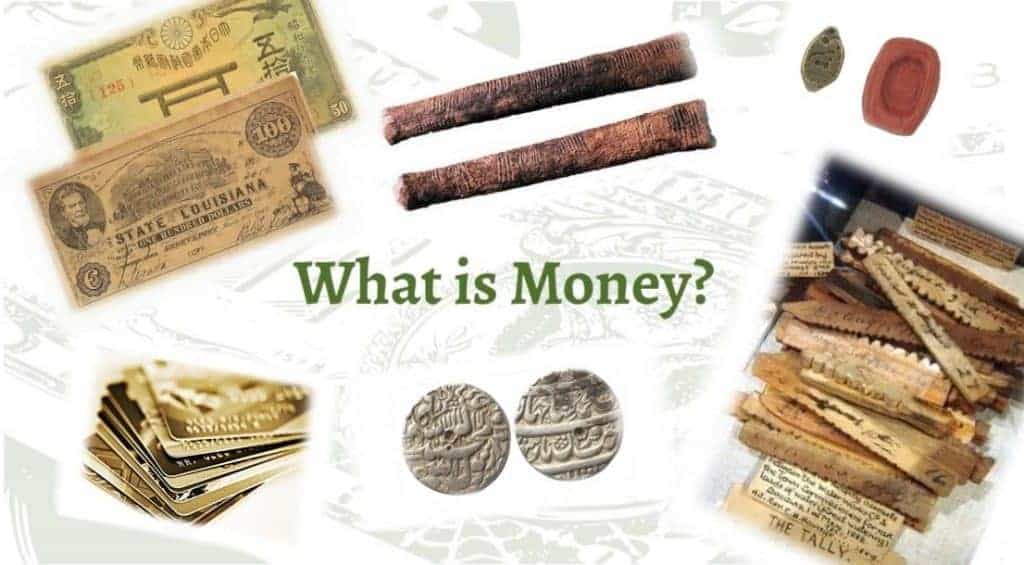What is money? Money is a tool we use to allocate resources in a society. Money serves multiple purposes, but from the perspective of government, which is the issuer of money, the purpose is to provide for the needs of government. Money is both a type of currency and a measure of value. There are no “natural” forms of currency (money things), including silver or gold. Any object can serve as a form of money, from rocks and sticks to cigarettes and gum, or from paper bills and coins to electronic records and coupons. What lies beyond the currency is the willingness of others to accept that form of currency.
The U.S. and other governments with the power to issue currency create demand by requiring the populace to pay taxes and requiring those taxes to be paid only in that form. The fact that everyone who pays taxes in the country must use that currency makes it acceptable as a means of exchange within the society. Taxes drive the demand for money. Taxes remove money from the economy. This means that in order for the private sector to accumulate money, the central government must spend more than it takes in as revenue.
Private banks can issue money in the form of loans. However, this money must ultimately be taken back in repaying the loans, plus interest. Money that is left in the economy and not taxed is saved by the private sector or used to allocate resources within the private sector. This is why money created by the government but not taxed away creates wealth for society, but money created in the private sector does not. So money is simply a tool, created by the government, given value by taxes, and used by the private sector to allocate resources and accumulate wealth.
(Animation and Video Editing: Jimi Sunderland and Cristina DaMisfit)
